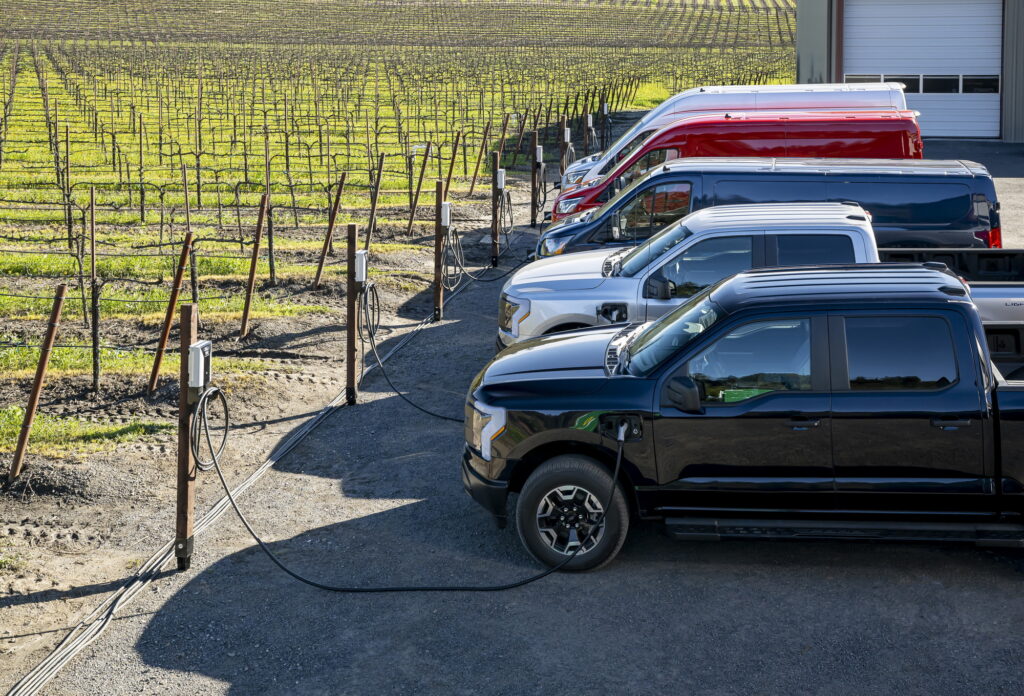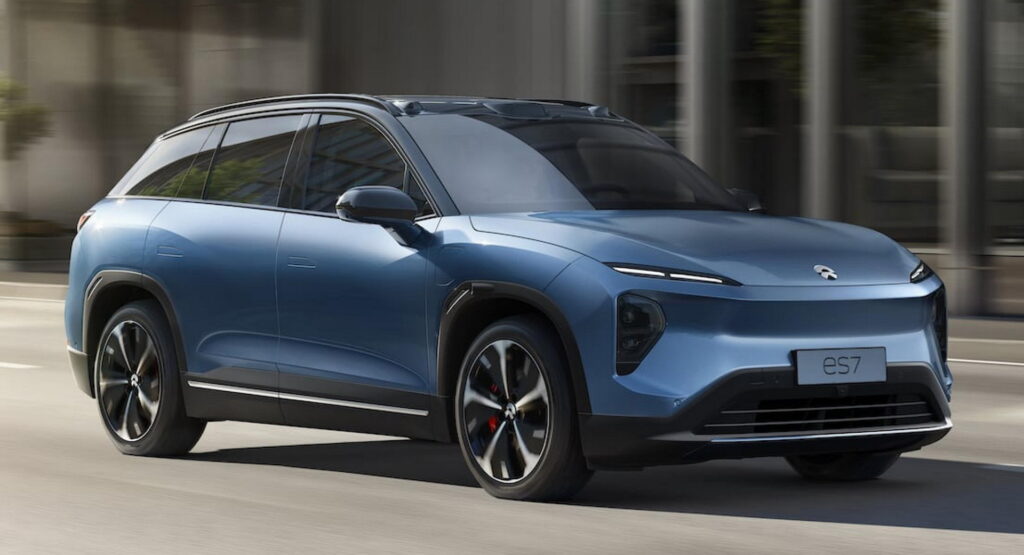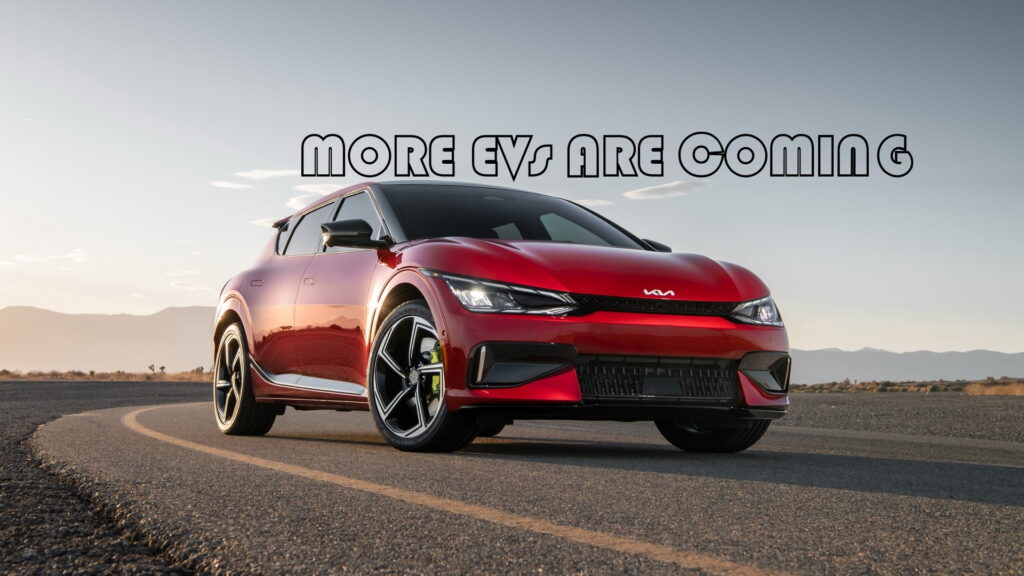Electric vehicle adoption rates are rising and the impact is going to be big for more than just the automotive industry. Pricing for entry-level EVs is set to fall and in turn, increase that conversion rate even further. Here’s a closer look at the data and its implications for the future.
The study comes to us from the International Energy Agency (IEA), a group that works with governments to provide secure and sustainable energy for all. It actually dates back to 1974 so this isn’t a new group geared only toward electrification. Specifically, it touts an “all-fuels, all-technology” approach.
Its annual Global Electric Vehicle Outlook provides guidance on what we can expect in terms of EV adoption during 2023. According to IEA, over 10 million EVs were sold in 2022 and it expects that number to climb some 35 percent in 2023 for a total of more than 14 million EV sales worldwide.
Read: Tesla Claims Its Battery Degrades By Only 12% After 200k Miles

Some of that adoption rate has to do with governmental policies like the Inflation Reduction Act in the USA and the Fit for 55 package adopted by the EU. At the same time, consumers are voting more and more for EVs with their wallets.
That increase should see pricing decrease to fall closer in line with entry-level combustion engine cars. “Our current expectation is that we can see price parity in small and medium-sized electric cars in North America and European markets somewhere in the mid-2020s… for larger cars like SUVs and pick-ups, purchasing parity is likely to come later, probably into the 2030s,” says IEA’s energy technology policy head Timar Guell.
On top of everyday consumer adoption, EVs are slowly making their way into fleets, light commercial vehicles, heavy-duty vehicles, buses, and more. It even extends to three-wheeled travel. In India, more than half of three-wheeled vehicles registered in 2022 were fully-electric.
According to IEA, these changes should have a big impact on the oil industry. It believes that all of these electric vehicles will save some 5 million barrels of oil per day in 2030.

China Is The Frontrunner Of EVs
The IEA’s report also highlights that China is clearly leading the global EV market with over 50% of electric cars on the road, cementing its position as the “frontrunner” in the industry.
“In 2022, 35% of exported electric cars came from China, compared with 25% in 2021,” said the IEA. “Europe is China’s largest trade partner for both electric cars and their batteries. In 2022, the share of electric cars manufactured in China and sold in the European market increased to 16%, up from about 11% in 2021.”
According to the IEA’s projections, China is expected to maintain its position as the largest market for electric cars, accounting for 40% of total sales by 2030. The United States is projected to double its market share to 20% by the end of the decade, driven by recent policy announcements, while Europe is expected to maintain its current 25% share.





